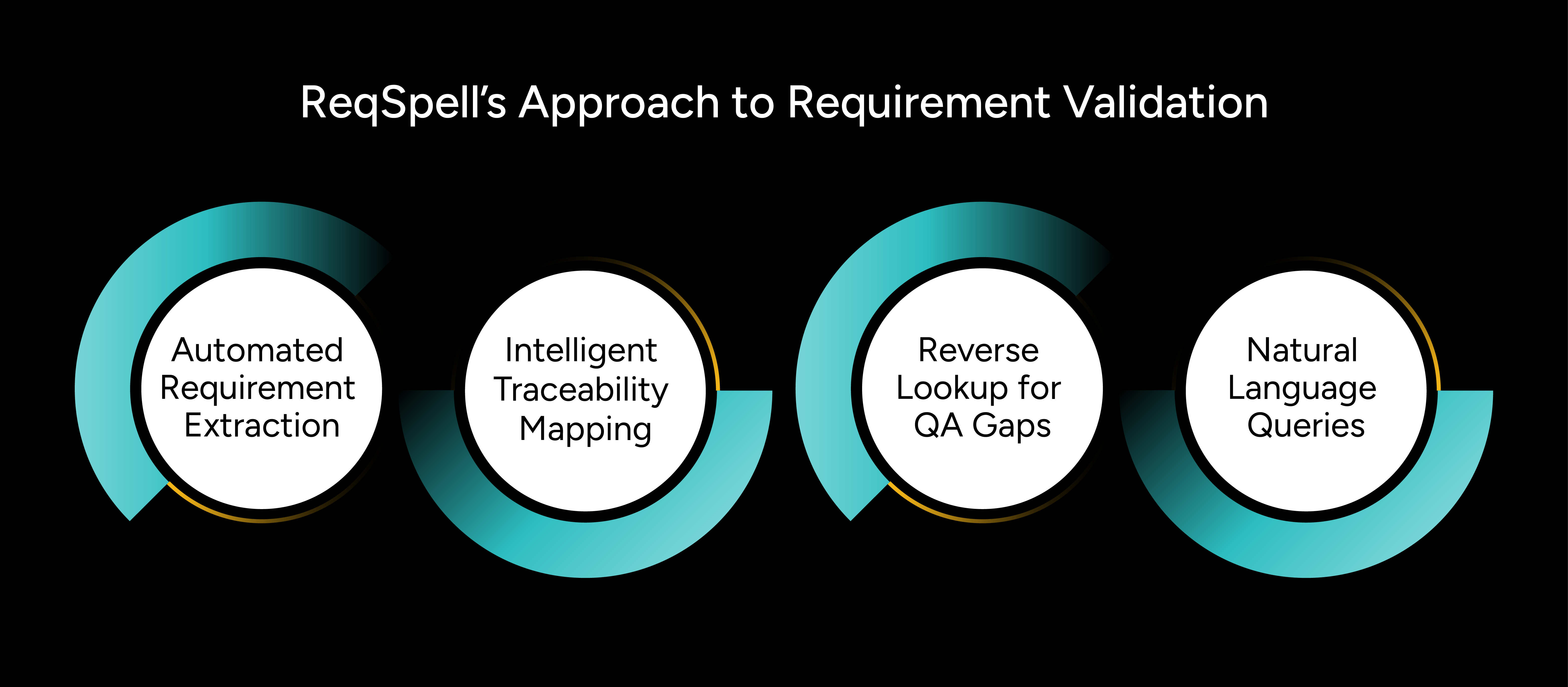November 10, 2025
The backbone of the global economy from banking and insurance to healthcare is still running on legacy code, often written in languages like COBOL. These systems are stable but opaque. For decades, the greatest obstacle to digital transformation wasn't the rewrite itself, but the crippling, manual process of reverse engineering to figure out what the old code actually does.
This is the problem ReqSpell solves. By transforming legacy source code into precise, actionable business requirements, it eliminates the painful, error-prone "requirements black hole," delivering a 70% savings in building essential project documentation. This isn't just a cost-cut; it's a strategic accelerator for legacy system modernization.
The Core Challenge – Why Requirements Are Hard to Find
For Chief Technology Officers (CTOs), Enterprise Architects, and Business Analysts, the challenge of modernizing legacy systems is defined by one word: risk. This risk stems directly from a lack of reliable, current-state documentation.
The Costly Requirements Black Hole
When an application is twenty or thirty years old, the original Business Requirement Documents (BRDs) are often outdated, incomplete, or simply lost. The only single source of truth is the source code itself.
- Knowledge Decay: The Subject Matter Experts (SMEs) who truly understand the system's logic are retiring, leading to a critical loss of institutional knowledge.
- Manual Reverse Engineering: The traditional process involves developers and analysts manually tracing thousands of lines of code, a slow, expensive, and non-scalable operation. This effort can consume up to 60% of the initial project timeline and is the primary driver of modernization delays.
- Compliance and Audit Risk: Without clear, traceable requirements linked directly to the running code, organizations face increasing difficulties proving compliance to regulators and auditors.
AI-Driven Code Comprehension: From Opaque Logic to Structured Data
ReqSpell's power lies in its AI-Driven requirement extraction engine, a sophisticated technology designed to bridge the gap between machine code syntax and human business logic. This is where the technical magic happens, but we'll focus on the results and benefits rather than low-level technical jargon.
Automatic Code Comprehension: The AI-Analyst
The platform acts as a tireless, hyper-accurate business analyst, capable of Automatic code comprehension across complex, monolithic applications. It systematically processes the entire codebase to understand the system's architecture and logic flow.
- System Mapping: The AI engine first creates a complete, visual map of the entire application. This map highlights every function, module, and dependency. Instead of developers manually spending months mapping a complex code structure, the AI does it in days.
- Logic Extraction: The core function is to infer functional and business requirements from the code. It analyzes variable names, comment blocks, and processing patterns to tag logical sections with real-world meaning. For instance, a block of calculations on PREMIUM-RATE and RISK-SCORE is identified as a "Premium Calculation Business Rule."
- Cross-Code Correlation: It doesn't just look at one file; it traces data movement and control flow across the entire system. This is crucial for systems where a single business rule is fragmented across dozens of subroutines. The AI reconstructs the rule into a single, cohesive statement.
Accelerating the Future State with Traceability and Automation
The true value of automated requirements extraction is the velocity it provides to the modernization project itself, leading directly to that 70% savings in documentation effort.
The Traceability Matrix: Trust and Compliance
ReqSpell delivers Requirement traceability by creating an immutable, two-way link between the newly extracted requirements and the original specific code sections. This is non-negotiable for high-compliance industries.
- Code <> Requirement: If a developer asks, "Which requirement governs this piece of COBOL logic?" the answer is instant. Conversely, if a Business Analyst needs to change the "Eligibility Rule," they immediately see every line of code that must be updated, drastically reducing the risk of functional regressions.
- Audit-Ready Documentation: This traceability forms the foundation for a secure Future State Documentation process, ensuring that every modernization decision is backed by validated, code-based evidence.
Automated Document Generation: From Code to Deliverable
The extracted, structured data is not merely a technical report; it is the raw material for immediate, high-quality project artifacts. The platform can Quickly generate documents vital for any modern development cycle:

Conclusion: Modernization Strategy Built on Confidence
The era of slow, manual, and risky legacy system modernization is over. The challenge has shifted from a human-intensive archaeological dig to an AI-driven data science problem.
ReqSpell offers a clear path out of the technical debt crisis by providing:
- Accuracy: Requirements based on the actual behavior of the production code.
- Speed: 70% faster time-to-deliver essential documentation and artifacts.
- Traceability: A living map that connects business intent, code, and test cases, satisfying the strictest compliance needs.
For any organization serious about accelerating digital transformation, minimizing risk, and ensuring a successful transition from legacy code to cloud-native or modern systems, a tool for automated, AI-powered requirements analysis is no longer a luxury—it's a necessity.


.png)






.png)
.png)